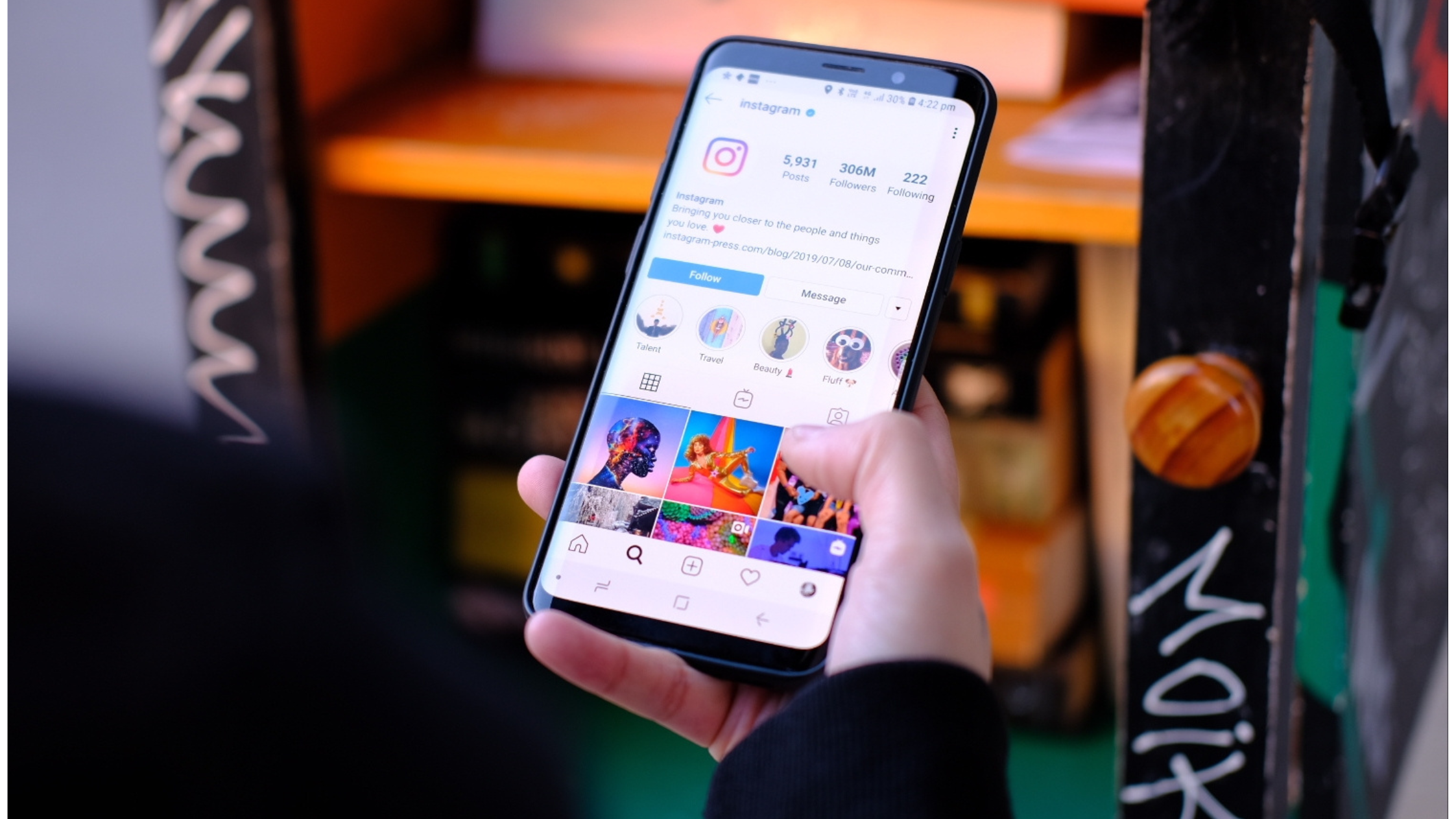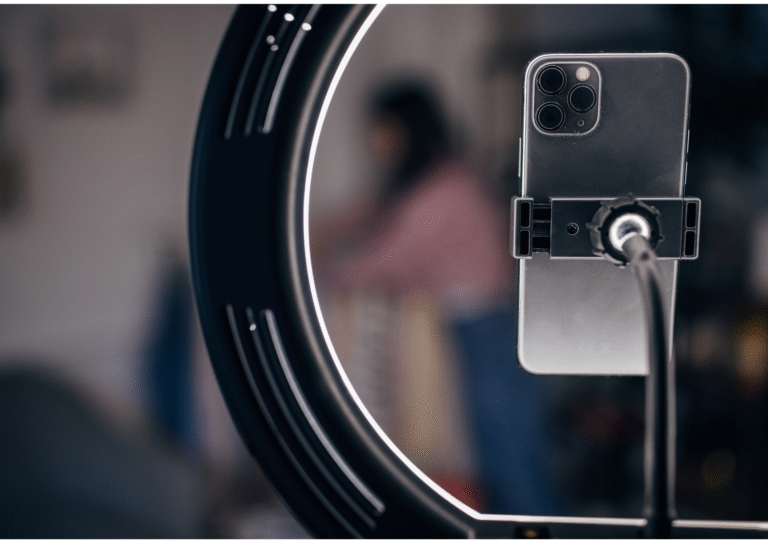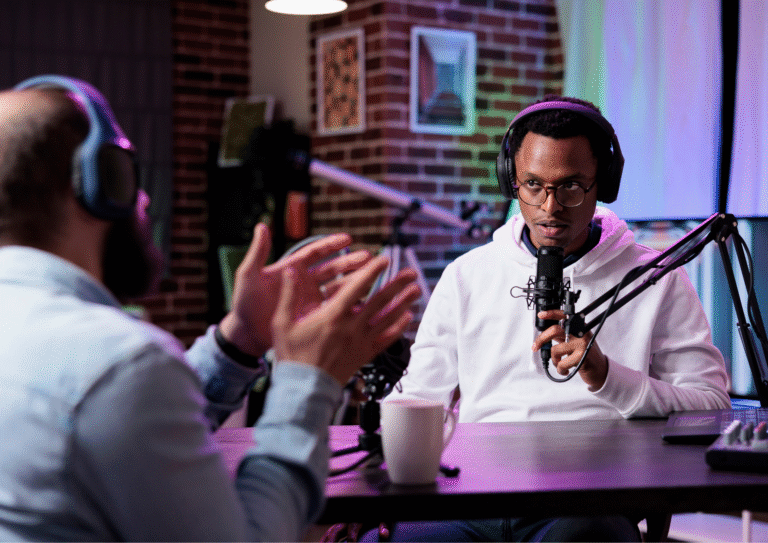What if influencers are doing more than sharing #Inspo, and you’re actually being wired
to doubt yourself? If you keep reading, you’ll learn how this manipulation works, and
how to take your power back.

Why How Influencers Gaslight Their Audience matters more than we think.
It undermines your confidence, misleads your choices, and rewrites reality in small,
stealthy ways.
On one side, people say influencers can encourage and uplift through honest advice.
They claim these creators are mentors in a world that lacks real connection.
However, when messaging subtly shifts from supportive to controlling, when “You’re
not enough unless you buy this” becomes a theme, we need to look deeper. That’s
gaslighting in action.
I recently watched a fitness influencer say, “If you still feel tired, you’re just not mindful
enough.” It was like blame on a loop. That came with a scammy product link.
Funny how mindfulness became about merchandise, reality check!
Here’s what influencer gaslighting often looks like:
- They define success narrowly, wealth, looks, hustle—and imply you’re wrong
if you don’t fit. - They use personal stories to connect, but then flip suggestions into guilt-messaging.
- They present that proud 1M follower badge, signaling status so you’ll follow too.
According to Psychology Today
“Influencers warp reality, making teens feel they must measure up.”
(Robin Stern & Salar Korangy, 2025) TikTok+15Harbor Psychiatry & Mental Health+15Psychology Today+15YouTube+1People.com+1Springer Publishing+4Psychology Today+4Psychology Today+4Tero
That’s gaslighting teens, presenting a polished image and saying, “If you’re not that,
something’s wrong with you.”

Platform-level gaslighting is also real. Research explains how social media platforms
gaslight users by denying concerns or blaming glitches, making us question
our feelings Psychology Today. When a platform says, “All content is valid, unless
you’re imagining bias,” you’re being steered away from questioning the system.
And it’s not harmless. Exposure to gaslighting correlates with anxiety, depression,
and loss of self-esteem. Clinical reports show long-term effects including trauma and
self-doubt Harbor Psychiatry & Mental Health+1Therapy Group of DC+1.
“Gaslighting makes you question your perception of reality.”
(Psychology Today diagnosis)
That quote nails it: Believe them, not your gut—that’s the system.
Why they use these tactics?
- More engagement. Emotional triggers spike likes, comments, and clicks.
- Loyalty through dependence. Followers start doubting themselves—but they keep
listening to that influencer. - Easier monetization. Confused audiences are more likely to buy solutions.
On the other hand, not every influencer is malicious. Some offer real value and openness.
However, without awareness, even well-meaning advice can cross boundaries.
We need to balance openness with self-trust.
This explainer on How Influencers Gaslight Their Audience (with Real Psychological Patterns) shows why spotting these tactics helps you stay grounded,
trust yourself, and make choices, on your terms.
What You Can Do Next
- Pause and reflect. If a post makes you feel less-than, ask: Is this helpful or
manipulative? - Check your feelings. If you’re anxious or second-guessing yourself, that’s often
the red flag. - Validate your experiences. If something feels off, it probably is. Don’t blend in.
- Expand your feed. Follow creators who admit “I don’t know everything,” or talk
openly about failures.
In Conclusion
Influencers have influence, but blind faith in them can cost your clarity. By learning
to spot gaslighting patterns, like perfection bias, guilt-triggers, platform denial—you
reclaim your narrative.
Start next time by asking: Am I being guided, or being sold a story? That small
question is a big step toward trust in yourself.




